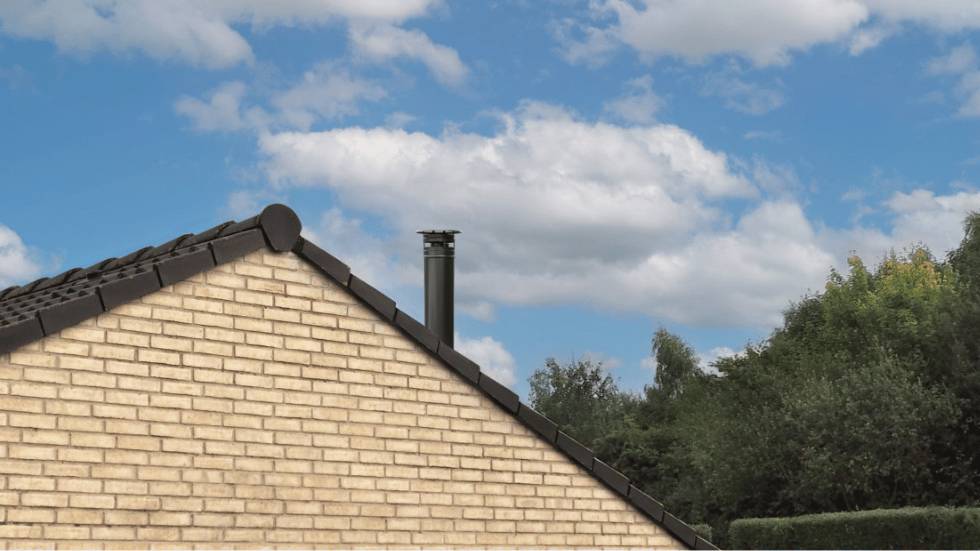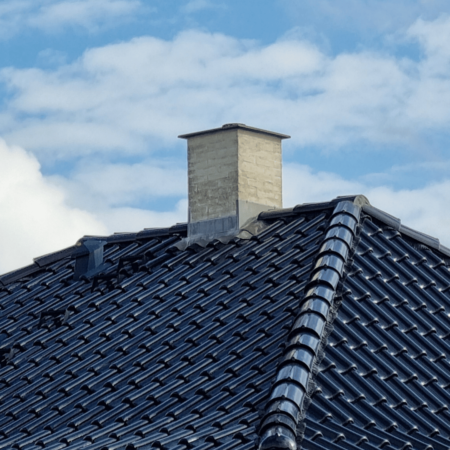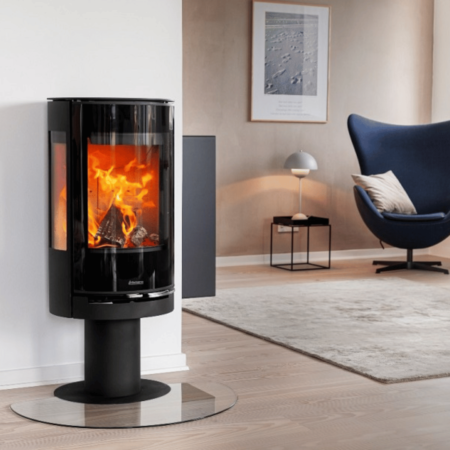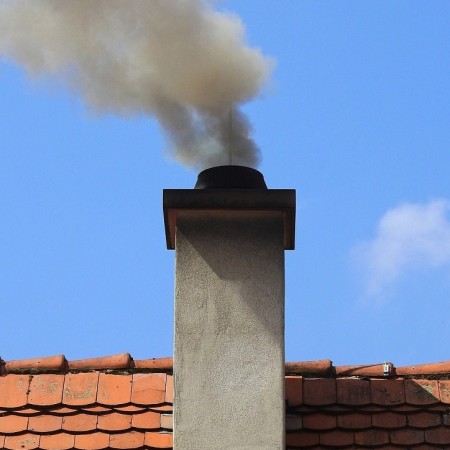Rules for installing a chimney
Each country has its own rules for the installation of a chimney. You should always contact the relevant authorities in your country to make sure that you observe the rules and regulations. Here you will find a guide to some of the rules and regulations that often are in place.
When you install a chimney, there must be no danger of:
- Fire
- Explosion
- Damaging condensation
- Poisoning
- Health risks
Ask your chimney sweep
When in doubt, consult your chimney sweep.
Often you’re allowed to install your own wood burning stove and chimney – but remember to have your chimney sweep approve the installation before you begin to use it.
Make room for the chimney sweep
When you install your chimney, keep in mind that it should be possible to clean the chimney and the flue.
The chimney should also be accessible for an exterior inspection. The chimney sweep can assess whether it’s needed to install small steps on the roof.
Where should you place your chimney?
In houses, which already have a wood burning stove, the question of where to place the chimney will be obvious, but if you’re building or re-building a house, there are certain things you should take into consideration:
- It’s an advantage to place the wood burning stove centrally in the house so you’ll get an optimal distribution of heat in the rooms of the house.
- Choose a place for the chimney that doesn’t go through the load-bearing construction of the house, because it will make the installation more difficult.
- You should always check that the distance between the wood burning stove and the chimney and their surroundings lives up to existing requirements (cf. building regulations).
- The wood burning stove can’t be placed on an inflammable surface.
How tall should your chimney be?
The chimney must have a height which ensures the best conditions for draft in the chimney.
Your chimney – your responsibility
When you install a wood burning stove and chimney, it is your responsibility that both are in good conditions.
The wood burning stove and chimney should in most instances be swept once a year. It’s your chimney sweep who can assess and decide if more is needed.




